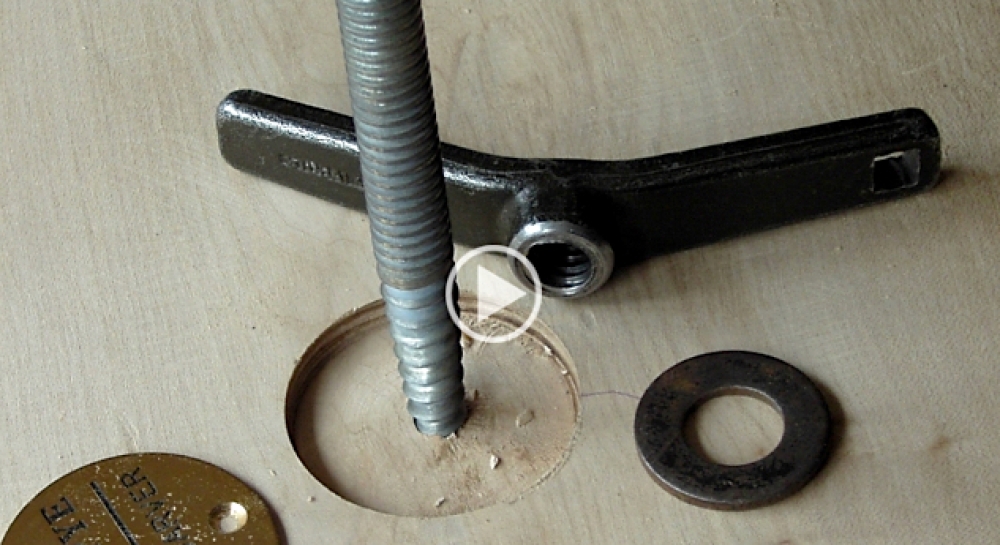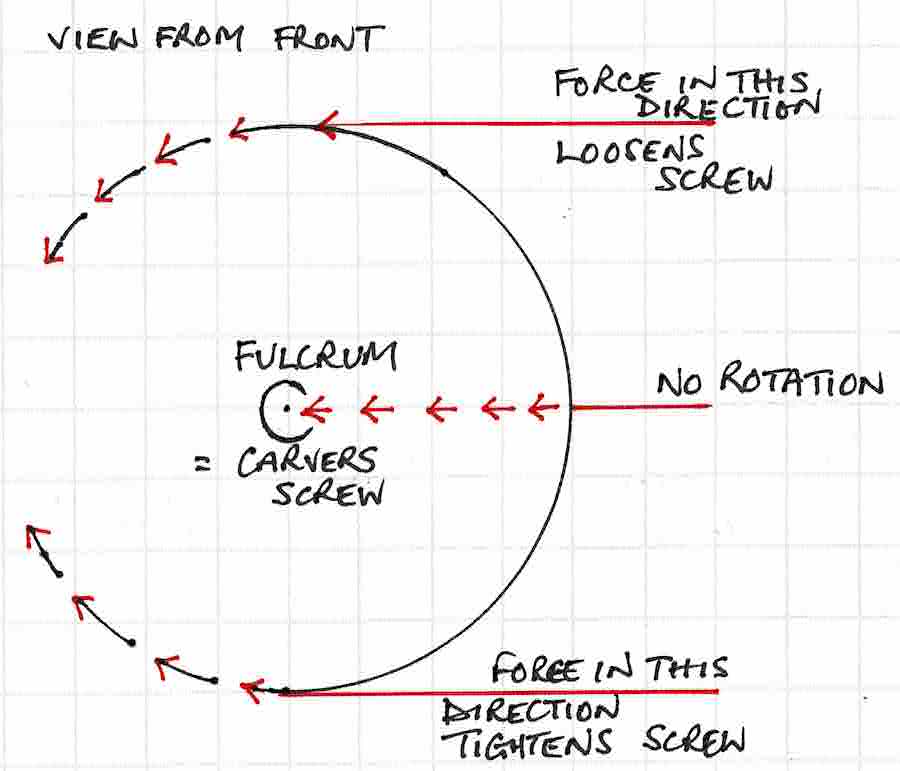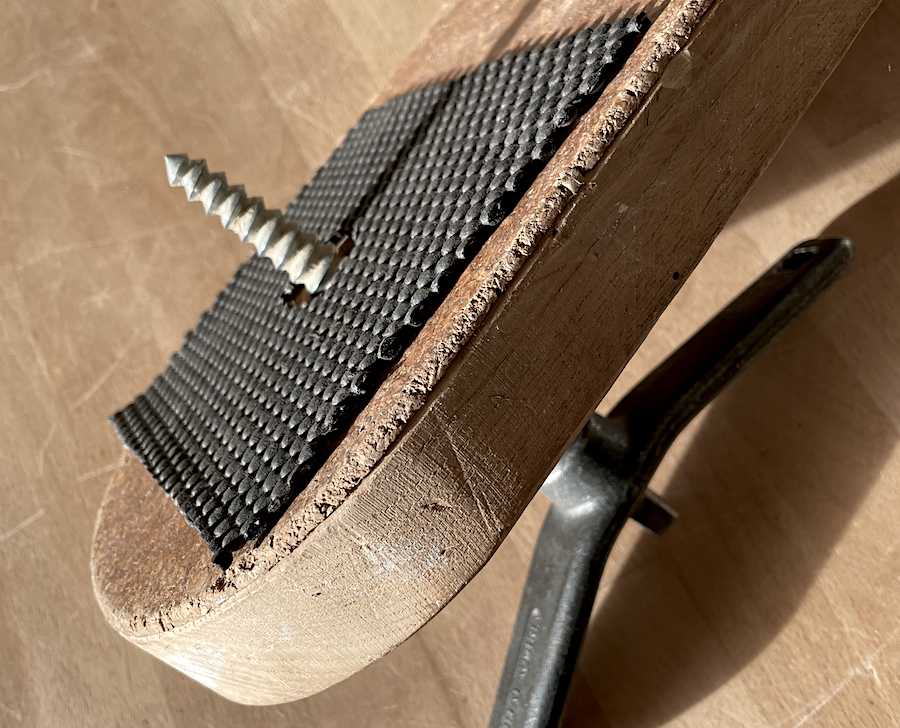Loose Screws
15.04.23

"I use woodcarvers' screws a lot but I find the work turns on the screw, which undoes and my carving comes loose. I keep having to tighten it and that's a little annoying.
How do you stop the work turning or swivelling around the screw as you work?’
Well, remember that the woodcarvers' screw is just that, a glorified wood screw, with a screw thread.
And, like a woodscrew, after you’ve screwed it in, you can readily screw it out again. Which simple fact is actually why woodcarvers find these wonderful tools so useful for holding work.
But we need to take into account this ability to loosen and ask: What is causing the screw to undo?
Bottom line, we are talking ‘torque'. In other words, circular momentum around your woodcarvers screw in an unscrewing direction.
There can be a lot of this rotating energy around the screw as you carve. If we are not actually pushing our energy towards the fulcrum - the centre of the screw itself - then we’ll be pushing at a tangent. In particular, wacking away with short, hard impulses from a mallet will create a lot of this torque, tending to loosen, or tighten, the work.
Here's a quick sketch to illustrate the idea. By 'front' I mean looking at the tip of the screw as it comes from the back into the work:

Swapping directions changes how your carving might rotate around the screw.
So, as we carve, we put forces all over the work. Mostly, I find the screw gives enough grip so my carving remains fixed tightly.
Why is this? One reason:
Friction - between the workpiece and the bench through which the screw passes.
So, think about increasing that friction by adding something between the carving and the bench. For example:
1 Carpet (non-slip) underlay: if too thin, tends to shred after a while
2. Bits of router, camping or mouse mats: good on larger carvings. You can see the idea in the picture below. The backing plate is one that attaches to my adjustable carving device (see blog link below) and is already lined with cork.
3. Fine sandpaper glued to worksurface: good but tends to abrade the back of the carving as you turn the work
4. Thin untreated leather: needs roughing up with sandpaper now and then.

Other ways to stop screw swivel:
1. Temporarily clamp blocks at points around the carving to stop it rotating.
2. Look to your wood:
If your carving wood is soft, the screw thread may not have enough hard bite, so the wood fibres are cut or crumble and the screw pulls out. Obviously hard wood is better so, for soft wood, think about inserting a hardwood dowel for the screw.
After the screw pull-out, something that has often worked well for me is to run some wood glue into the hole. Let it dry and try the screw again.
Related Videos:
